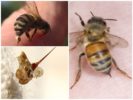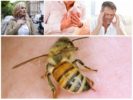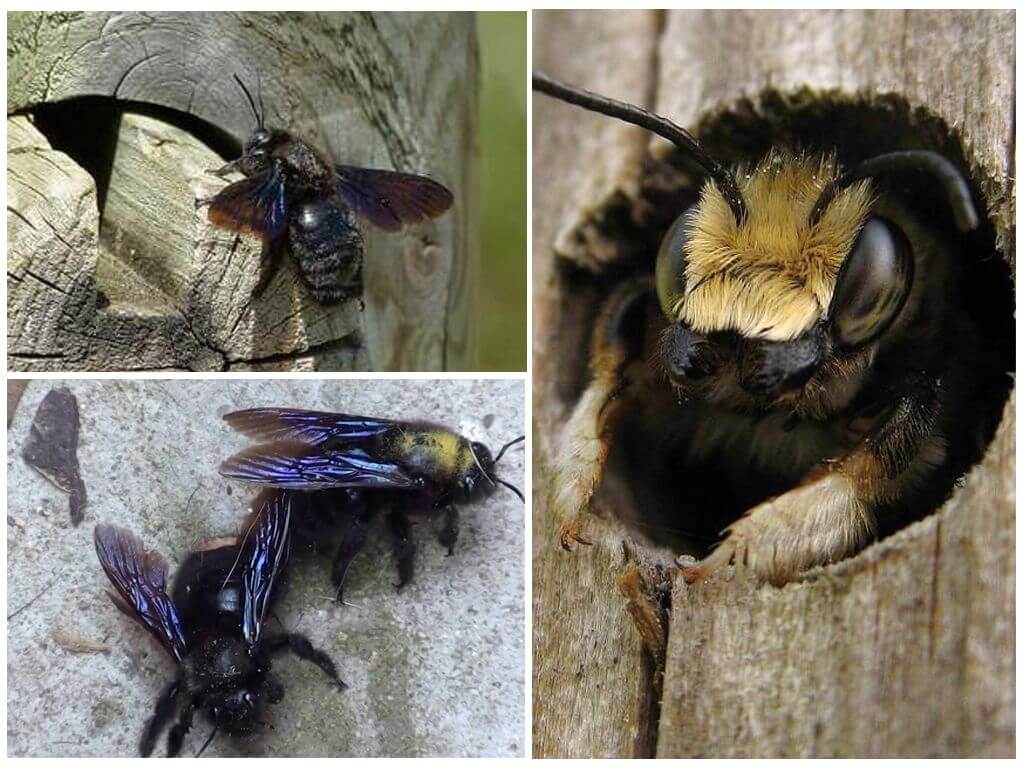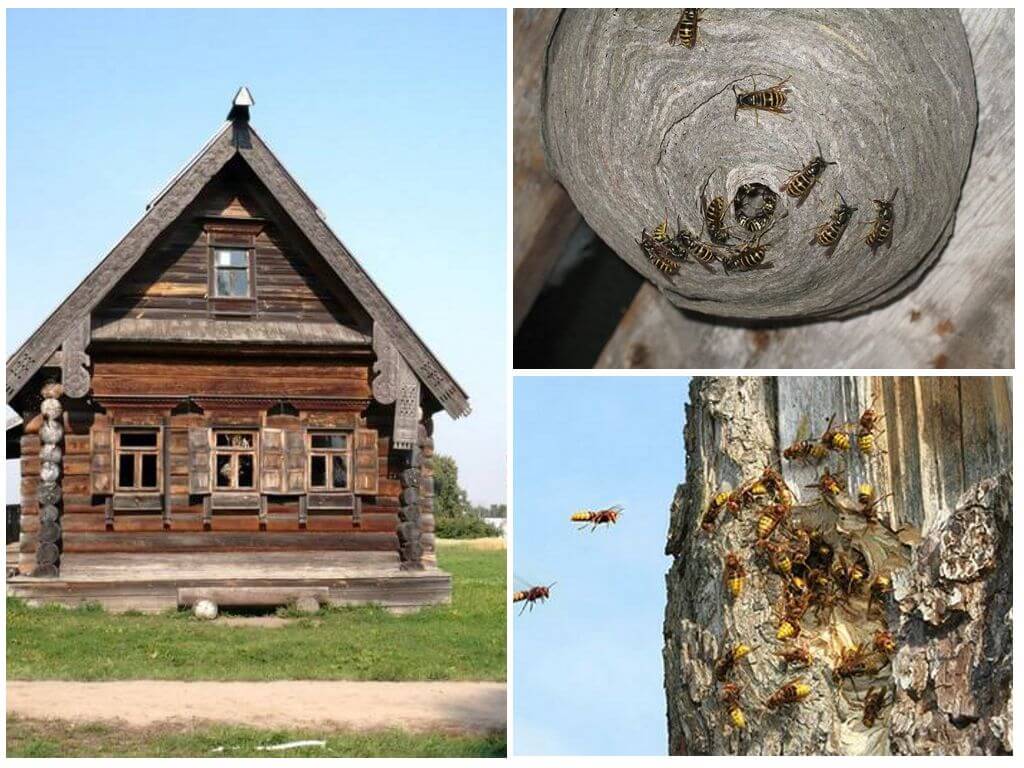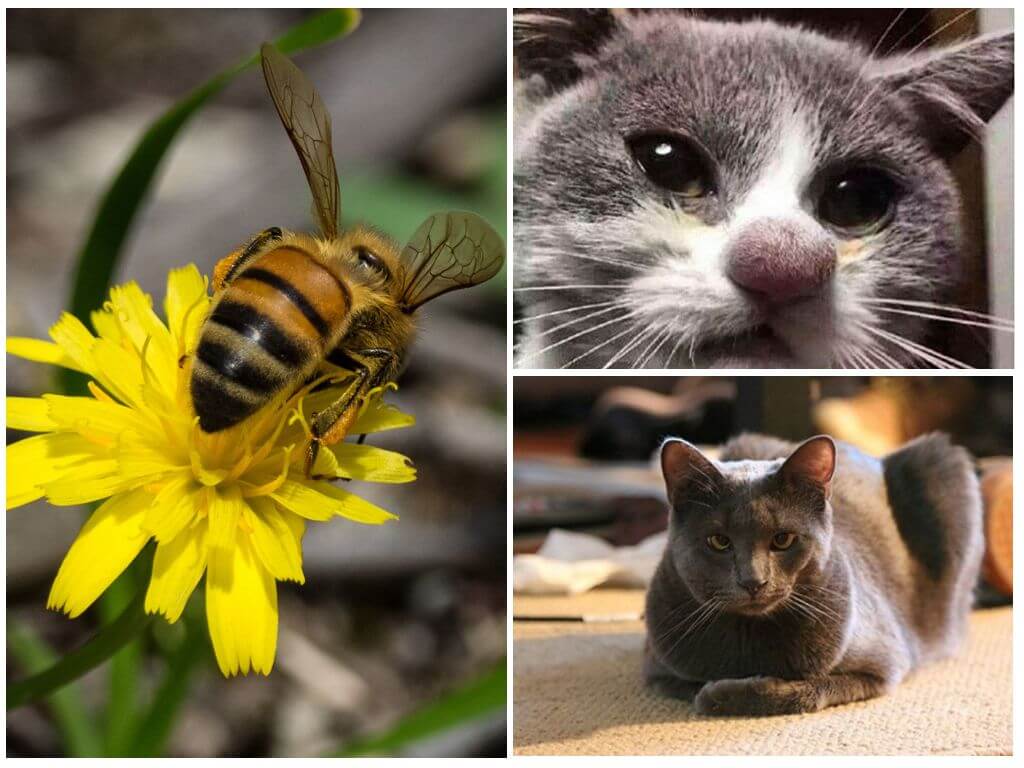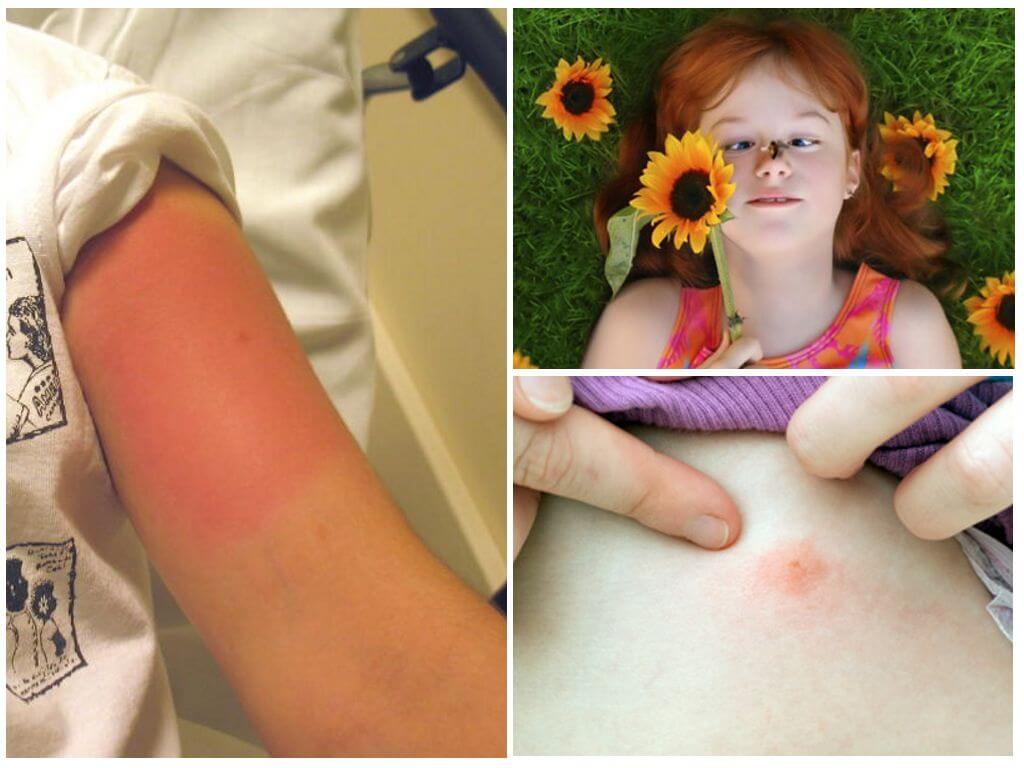- Bee and her sting
- The consequences of a bee sting
The sting of a bee is an autonomous organ that is located in the back of the abdomen. It plays the role of a weapon that is used to protect the nest when there is a mortal danger. By its structure, a bee sting differs from the “weapon” of a wasp, hornet, and ant. Inside contains a capsule with poison.
Appearance, location
A photo of a bee sting is presented below. You can examine the structure of this organ under a microscope. The sting of a bee looks like a saw or an arrow. At the tip of a sharp spear, which allows you to instantly pierce the skin of a person, the chitinous cover of the insect. Notches on each side. Workers have 10 of them. The organ of the uterus or queen is large, but fewer notches are only 4.
The sting of a bee is located in the back of the abdomen, is a modified egg. In a calm state is kept inside. When she feels the danger, her muscles tighten, the needle is shown from the abdomen.
Interesting!
Does a bee have a sting? Nature lovers, beekeepers, and other representatives of society periodically ask themselves a question. Some members of the bee colony do not have it - these are drones. They live in evidence, eat nectar, honey and do nothing. They are also not able to protect the family, because they do not have weapons.
Bite features
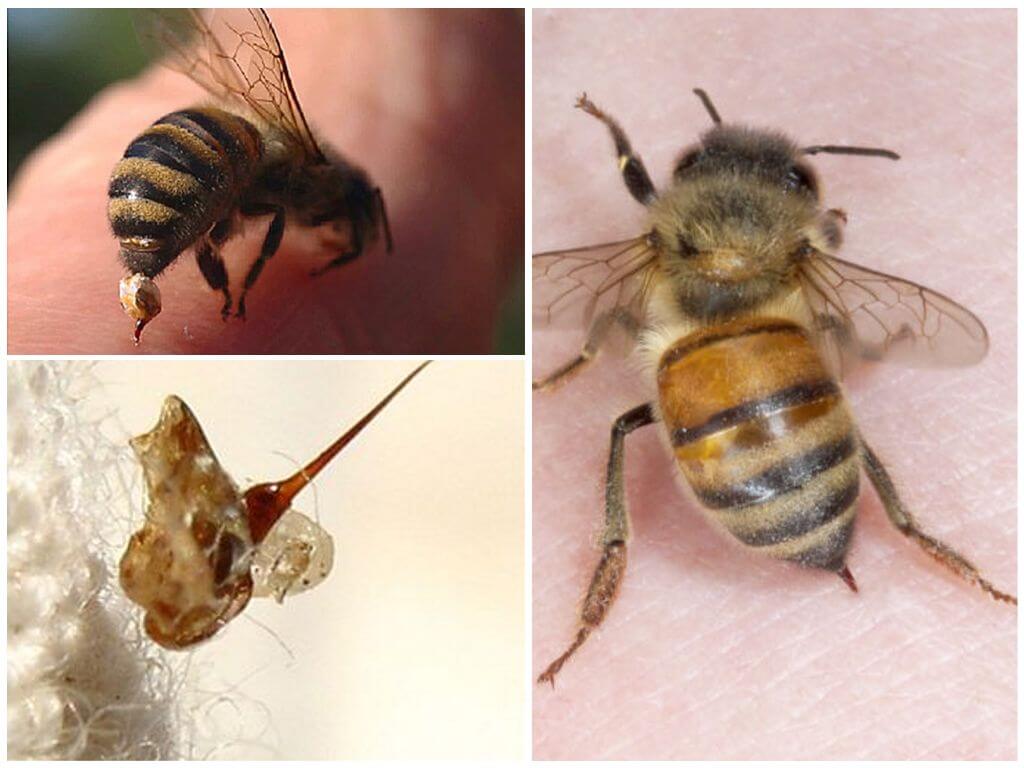
Why a bee stings, the answer is extremely simple - to defend oneself. But there is one feature - after bite she dies. In rare cases, during a fight with other insects, the bee remains to live, but is no longer a full member of the bee family.
Humanity is interested in another question, who leaves the sting: wasp or bee. Unlike toilers of bees, a wasp is able to carry many bites per minute, does not die after a fight with the enemy. The weapon quietly hides inside, the insect continues to live, restoring strength. The sting of a bee and a wasp differs in structure. A wasp can calmly pull it back from the victim’s body, a bee cannot.
Unlike wasps, bees prefer to fly away from danger, only in extreme cases they use their weapons. The sting penetrates deeply into the victim’s body, this is facilitated by a sharp tip, notches on the sides. However, the insect cannot pull it back.
Since the sting is one of the full organs, it binds to other viscera, with a strong impulse, the insect comes off together with part of the abdomen. Such a wound is incompatible with life, the insect dies in a matter of minutes.
Interesting!
A bee cannot bite if her abdomen is filled with honey. Muscles do not contract, the sting does not show out. The human uterus does not bite, even with a strong pressure on the body. He launches a weapon only during a battle with an opponent, protecting his family.
Consequences of a bite
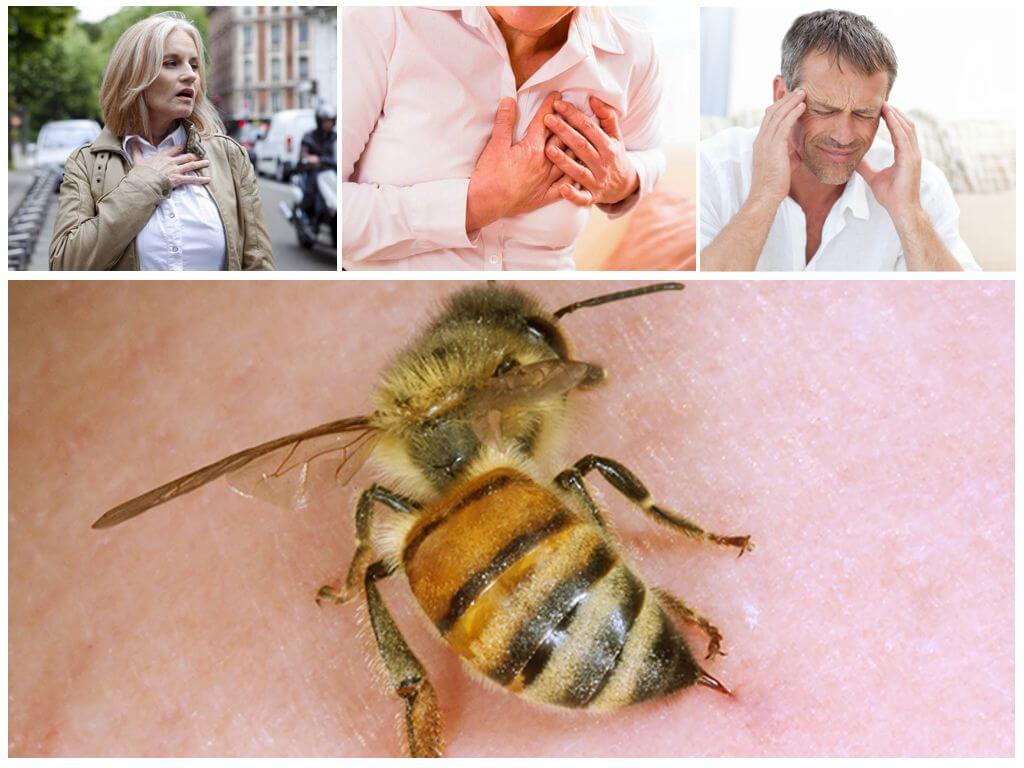
An organ with poison remains inside the victim, acts separately. Muscles continue to contract, poison is ejected from a special capsule. When one insect bites, 0.3 ml of poison enters the human body. If you do not pull out the sting of a bee, a strong allergic reaction begins, which is manifested by swelling, redness, pain, burning.
With numerous bites of the bee family, a large amount of poison accumulates in the human body. A dose of 0.2 g can be fatal. The most dangerous bites in the neck and face. Especially if a bee has bitten a person in lip or eye. The poison spreads with blood, causing various complications:
- difficulty breathing
- dyspnea;
- arrhythmia;
- lowering blood pressure;
- dizziness;
- loss of consciousness;
- nausea
- vomiting
- weakness;
- general deterioration in well-being;
- laryngeal edema.
To reduce the risk of developing a severe allergic reaction, it is necessary to remove the source of the poison. How to get a bee sting at home, there are recommendations, but you must act carefully. If half of the organ remains inside, the poison will continue to stand out, surgical intervention will be required.
To pull out the “weapons” use tweezers. Carefully removed, slightly swinging to the sides. After this, the wound should be treated with any alcohol, tincture, hydrogen peroxide to neutralize the poison. Apply a cold compress to relieve swelling, pain. It is recommended to drink an antihistamine.
In order not to provoke a bite, you should not sharply wave your hands at the sight of a striped insect, try to escape. It is necessary to remain calm, even if the bee sits on the skin, in the absence of danger it will not sting. You should not, going to nature, use perfumes with a sweet aroma.
